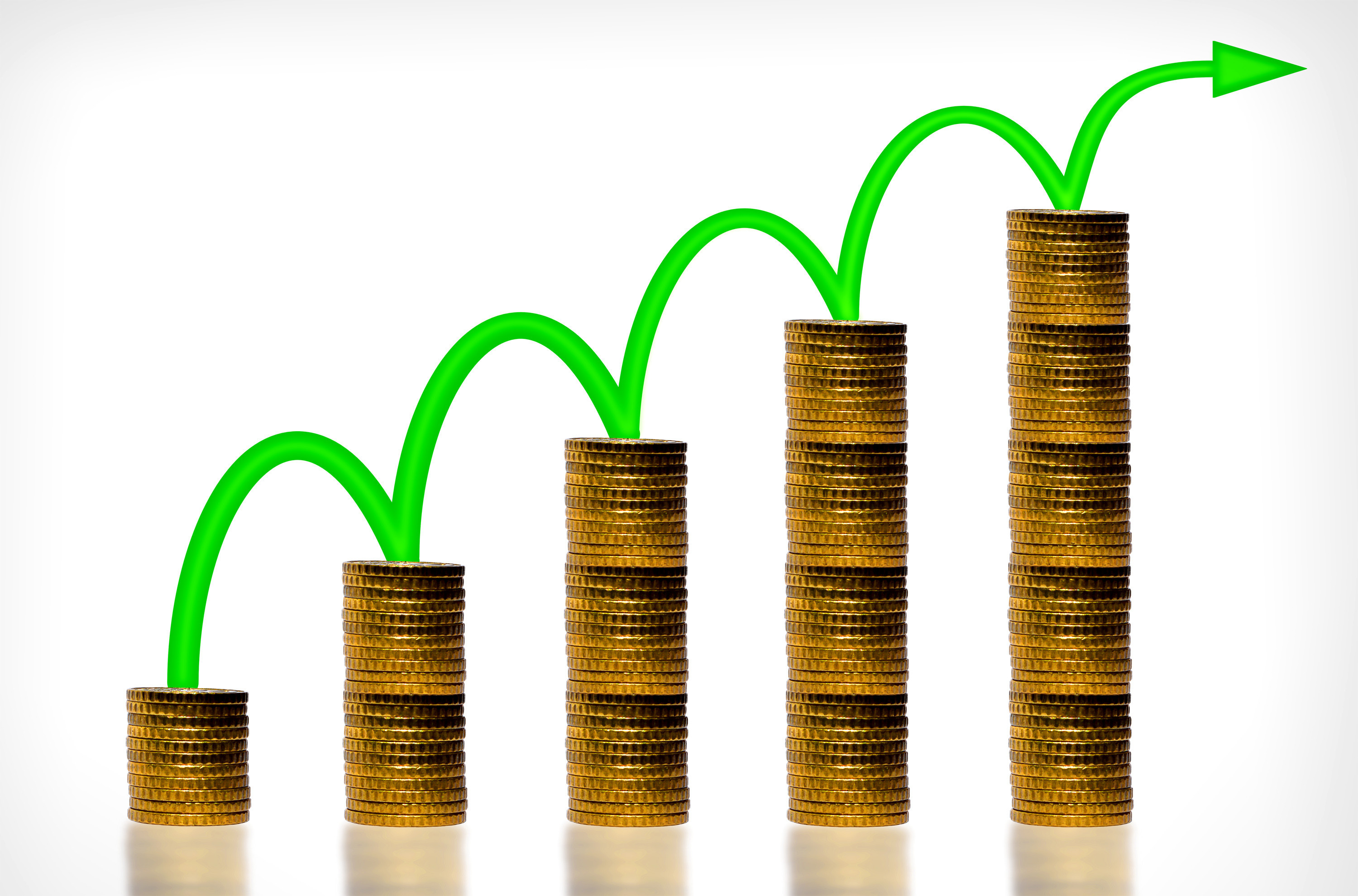Key Profitability Indicators: Part 1 - Return on Equity

Key Profitability Indicators: Part 1 - Return on Equity
- By Lena Shadrina
Of particular interest to investors, shareholders and creditors of any company is the return on capital. Return on equity is calculated using special coefficients. There are three basic return on equity ratios. Let's look at how they are calculated and how to interpret the results.
As the first coefficient of return on equity, consider the return on capital employed.
1. ROCE — Return On Capital Employed
ROCE = EBIT / (LTL + Equity) * 100%
where:
EBIT - earnings before interest and taxes
LTL - long-term liabilities
Equity - equity capital
The next indicator is the return on invested capital.
2. ROIC - Return On Invested Capital
ROIC = NOPAT / (LTL + Equity) * 100%
where
NOPAT - net operating profit after taxes
So, the main difference of ROIC from the previous indicator is that we take the profit after taxes when calculating ROIC.
And finally, the third indicator is return on equity
3. ROE - Return On Equity.
ROE = Net Profit / Equity * 100%
Return on equity shows how much net profit a company makes on its own capital.
Certainly, a more complete picture of the given ratios can be received after their calculation, and it is necessary to analyze them in dynamics. Therefore, let's consider calculation of return on equity indicators by examples.
Table 1 shows the raw data and calculated rates of return on equity of the company "A".
Table 1 - Dynamics of the return on equity of the company "A"
| Year 1 | Year 2 | Growth Rate, % | |
|---|---|---|---|
| Earnings Before Interest and Taxes | 142000 | 147000 | 3.52 |
| Net Operating Profit After Taxes | 106000 | 111000 | 4.72 |
| Net Profit | 85000 | 91000 | 7.06 |
| Long-term Liabilities | 674000 | 558000 | -17.21 |
| Equity | 1145000 | 1216000 | 6.20 |
| ROCE | 7.81 | 8.28 | 6.02 |
| ROIC | 5.83 | 6.26 | 7.38 |
| ROE | 7.42 | 7.48 | 0.81 |
Thus, the calculated profitability indicators show positive dynamics. In particular, the return on capital employed increased by 6.02%, and the return on invested capital by 7.38%. This growth was primarily due to a 17.21% decrease in long-term liabilities. Return on equity increased by 0.81%, in the last reporting period its level was 7.48% compared to the level of the previous period 7.42%.
Well, these indicators are calculated according to the company's statements, analyze their dynamics, structural changes, as well as a comparison with similar companies.